Ever felt like life’s noise was too loud? I did. And the only cure that came to mind was the symphony of crashing waves and the hush of swaying palms. That’s when I packed light, dropped all digital burdens, and flew off to India’s most soulful treasure—the Andaman & Nicobar Islands.
No fancy plans, no checklist. Just me, a backpack, and a yearning for untouched shores and turquoise tales. And oh, what I found were not just beaches—they were emotions carved by nature, each with its own story, vibe, and heartbeat. Top 5 beaches that didn’t just look like postcards—they felt like poetry. Let me take you there…
1. Radhanagar Beach – The Crown Jewel of Havelock
Havelock Island (Swaraj Dweep)
Located on the western coast of picturesque Havelock Island (Swaraj Dweep), widely known as Radhanagar Beach—is undoubtedly one of the crown jewels of Andaman. I stepped onto Radhanagar Beach at sunset, and let me tell you—it wasn’t just golden. It was liquid magic. The waves were gentle, almost shy, and the sand? Soft like powdered sugar. It’s not hyped for no reason; TIME magazine once called it Asia’s Best Beach. This beach is a serene paradise of silky white sands, clear turquoise waters, and lush tropical foliage. Ideal for a quiet stroll, sunbathing, or simply watching the sun dip into the horizon in a blaze of orange and gold.
- Pro Tip: Stay nearby and revisit early morning—it’s a whole new canvas at dawn.
- Famous for – Swimming, romantic sunset strolls, beach photography, and laid-back lounging.
- Historical Facts – Named after Thomas Radhanagore, a British officer during colonial times, though the beach was later popularized as “Beach No. 7”. Havelock Island was part of a group of islands named after British figures during colonial rule; now renamed Swaraj Dweep in honor of Netaji Subhas Chandra Bose. The island served as a British settlement zone but later became a refuge for Bengali settlers post-independence.
2. Laxmanpur Beach – Nature’s Coral Gallery & Sunset Theatre

Neil Island (Shaheed Dweep)
Found on Neil Island (Shaheed Dweep), Laxmanpur Beach is a long, open stretch that’s famous for its pristine coral beds, natural rock formations, and uninterrupted sunset views. As the tides recede, the beach transforms into a natural coral museum, revealing starfish, shells, and marine fossils scattered across the shore. A less crowded spot, it’s perfect for those who want to explore tide pools, take a nature walk, or simply soak in the coastal calm away from the buzz.
- Historical Facts – The beach’s natural rock bridge, known as the “Howrah Bridge,” is a natural formation that locals consider sacred and ancient. Neil Island was less inhabited during British rule, mainly used for coconut and agricultural plantations under British surveillance. Laxmanpur was once used as a coastal observation point due to its long shoreline and strategic views of incoming ships.
- Famous For: Coral reefs and surreal sunset views
- Must-Do: Come an hour before sunset for tide pooling and the perfect golden lighting.
3. Kala Pathar Beach – A Secret Beach With Black Rock Charm

Havelock Island
Found on the eastern edge of Havelock Island, Kala Pathar Beach stands out for its dramatic backdrop of dark volcanic rocks meeting a bright blue sea. With soft sands underfoot and waves crashing against volcanic rocks, this beach is a visual treat and a peaceful escape. It’s raw, untouched, and soulful. I didn’t meet many people here. Just a few palm trees, a light breeze, and my own thoughts. Though the currents are strong and swimming isn’t always advised, the natural beauty and solitude make this an essential stop for reflective moments and coastal captures.
- Historical Facts – “Kala Pathar” means “black rock”, named for the volcanic rock formations along the shore, believed to be remnants of ancient geological activity.The beach was part of community reforestation projects after the 2004 Tsunami to restore its natural habitat.
- Famous For: Unique black rocks contrasting white sand & turquoise sea.
- Must-Do: Bring your journal, your thoughts, and spend some time doing absolutely nothing.
4. Elephant Beach – Where the Ocean Becomes a Rainbow
Havelock Island
You don’t just visit Elephant Beach—you dive into it. After a short boat ride or a thrilling forest trek, you land on a beach that practically hums with energy. Elephant Beach is a must-visit for water sports lovers. Known for its vivid coral reefs, snorkeling, and marine biodiversity, this beach brings the underwater world to life. This is your underwater adventure zone. I strapped on my snorkel gear, dipped my head underwater, and entered a world of neon-colored fish and coral castles. It’s like diving into a living kaleidoscope.
And even above the waves, it’s lively—banana boat rides, jet skis, scuba schools buzzing. If the ocean had a party, it would host it here.
- Historical Facts – Named after training camps for elephants that were once conducted here by the Forest Department for logging activities (yes, elephants swam across!). The beach was partially reshaped by the 2004 Tsunami, which submerged many trees and transformed the coastline.
- Famous For: Vibrant coral reefs, snorkeling & water sports.
- Must-Do: Snorkeling is non-negotiable. Even beginners can try it here safely.
5. Chidiya Tapu – The Birdsong Beach at Day’s End
Subhash Chander Bose Island / Ross Island
Located around 30 km from Port Blair, Chidiya Tapu—literally meaning “Bird Island”—is a haven for birdwatchers and sunset seekers. It’s not just the sea or the sand here—it’s the soundscape. Surrounded by thick mangroves and forests, this beach is home to a wide variety of indigenous and migratory birds. As the day draws to a close, the skies light up in a spectacle of colors, with bird silhouettes gliding across the horizon.
There’s also a rugged trail nearby called Munda Pahad, which gives you a cliffside view of the coast. But for me, sitting quietly at the edge of the shore, watching birds and breathing in peace—that was the highlight.
- Historical Facts – “Chidiya Tapu” means Bird Island—historically known as a nesting ground for several migratory and native bird species due to its rich mangrove ecosystem. The area around Chidiya Tapu was once used as a restricted forest reserve and is still monitored for conservation by the Forest Department.
- Famous For: Game fishing, bird watching, cliff trekking, and sunset views.
- Must-Do: Carry binoculars for bird spotting and a light sweater—it gets breezy during golden hour.
Final Note
The Andaman & Nicobar Islands are not just about beauty—they’re about experience. Each beach here has its own rhythm, its own color palette, and its own story to tell. Whether you want to snorkel with the fishes, dive into coral gardens, cast a line into the deep blue, or simply float under the sun, these islands promise memories that’ll last a lifetime. The shy smile of a local offering fresh coconut water, the golden hour that wraps you in its warmth, or the sound of waves that feel like lullabies—every beach here adds a new chapter to your inner travel journal.
So if your soul is craving blue skies and barefoot days, let the Andamans call you. Trust me, you won’t return the same.




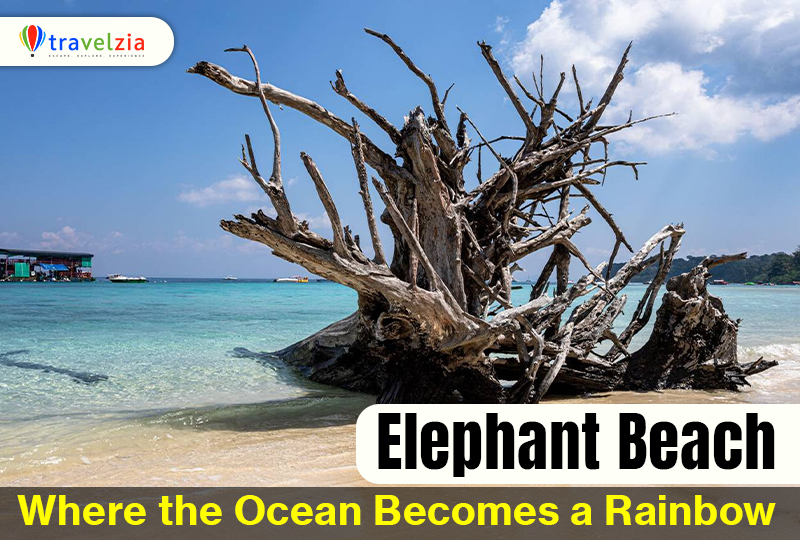
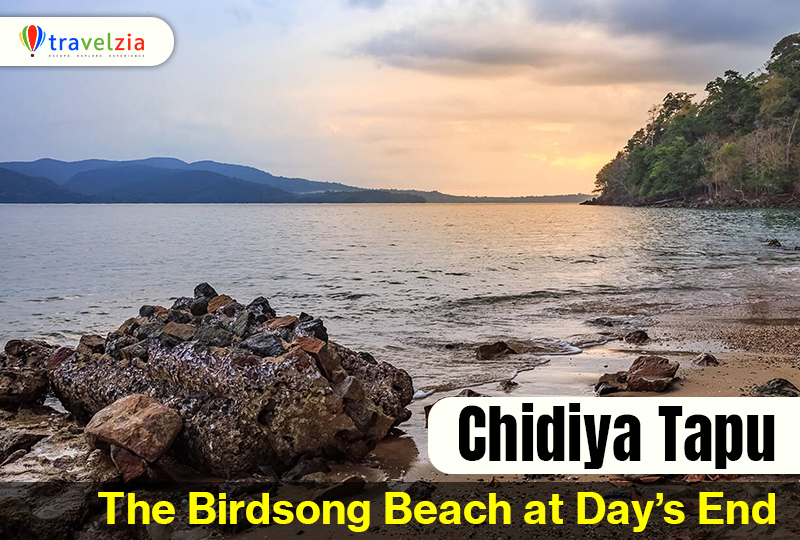

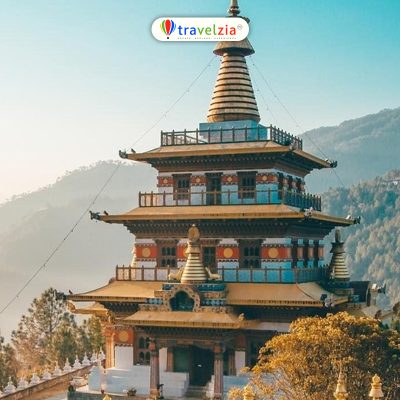

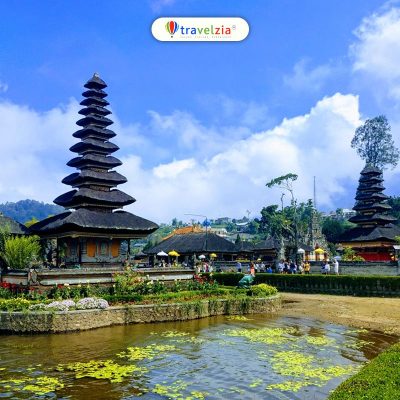
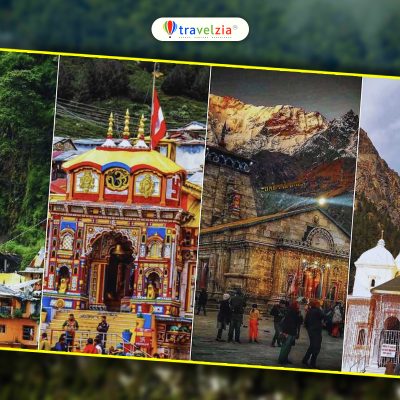
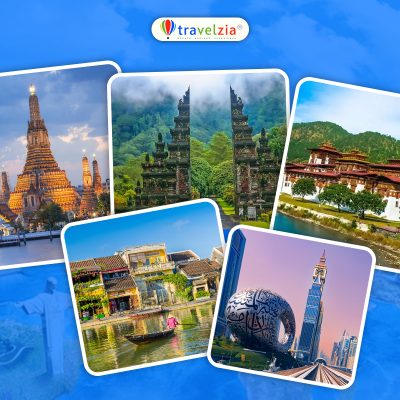



24 Responses
Nice place
Nicely explained… nice research.
Very nicely explained. All the informations are updated. Interested to know more
Excellent post.
Get to know about this News destinations. Thank you so much .
got a lot of information
Delightful and inspiring travel blog that successfully captures the essence of exploration and adventure. From its visually appealing design to its engaging narratives, the blog offers a rich experience for both seasoned travelers and armchair dreamers.
Excellent post..want to know more
Nice place
Very Nice.
Such a nice information
Really Nice place to explore,lots of activities for fun.I really want to be there once with my friends and family.
Thank you for sharing the blog post on the top 5 sea beaches of the Andaman and Nicobar Islands. The article offers a captivating glimpse into the pristine beauty of these islands, highlighting the unique charm of each beach. From the serene Radhanagar Beach, known for its powdery white sands and clear waters, to the vibrant marine life at Elephant Beach, the blog paints a vivid picture that would entice any traveler. The inclusion of practical tips and personal insights adds depth, making it not just informative but also engaging. Your effort in curating such detailed content is commendable, and it serves as a valuable guide for anyone planning a trip to these tropical paradises
Really amazing post
wow.. Very nice post..
Excellent Post. The places are described properly, especially the Historical Facts section.
Great Opportunity for Us..a planned Vacation is needed the most…very much Interested..
Great
I went to the Andamans two years ago, it was awesome.
Travelzia offers a range of exciting travel plans thoughtfully designed to be budget-friendly, making dream destinations accessible to everyone, regardless of class or background. We’ve had the pleasure of traveling extensively with Travelzia, and I can confidently assure you that their hospitality and service are truly commendable. Whether you’re planning a solo escape, a family vacation, or a group adventure, Travelzia makes every journey memorable and hassle-free.
ডেস্টিনেশন গুলো খুব সুন্দর লাগলো , ভাবছি এই পুজোতে র্রাভেল জিয়ার সাথে প্রোগ্রাম করবো যদি এই বিচ গুলো তে ভিসিট করা যায়।
What is cost to visit
Could you tell us more about Andaman & Nicobar Island trip?
Could you tell us more about Andaman & Nicobar Island trip?